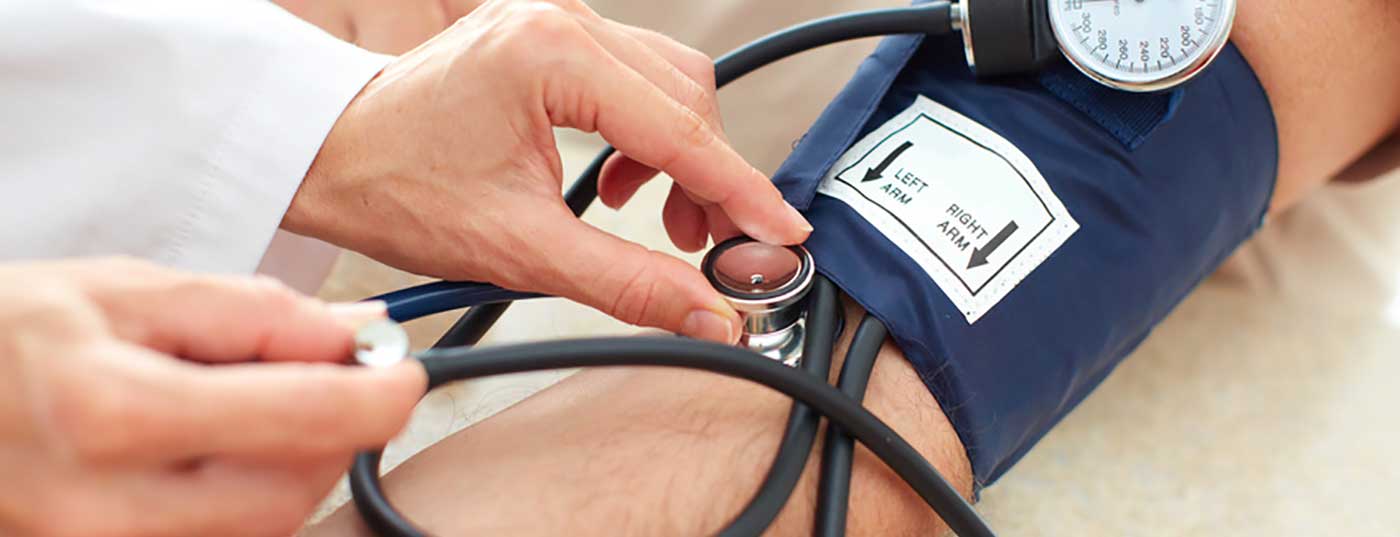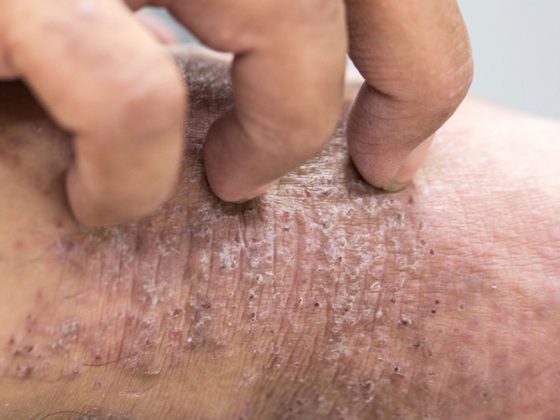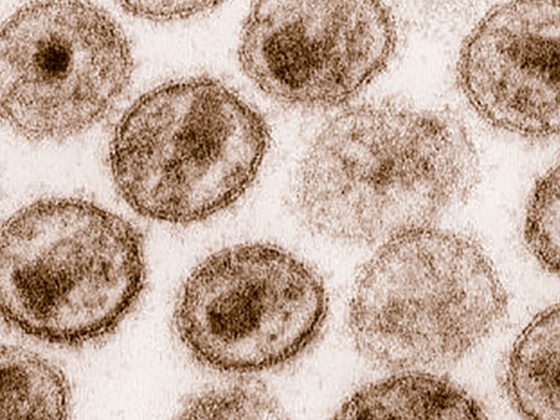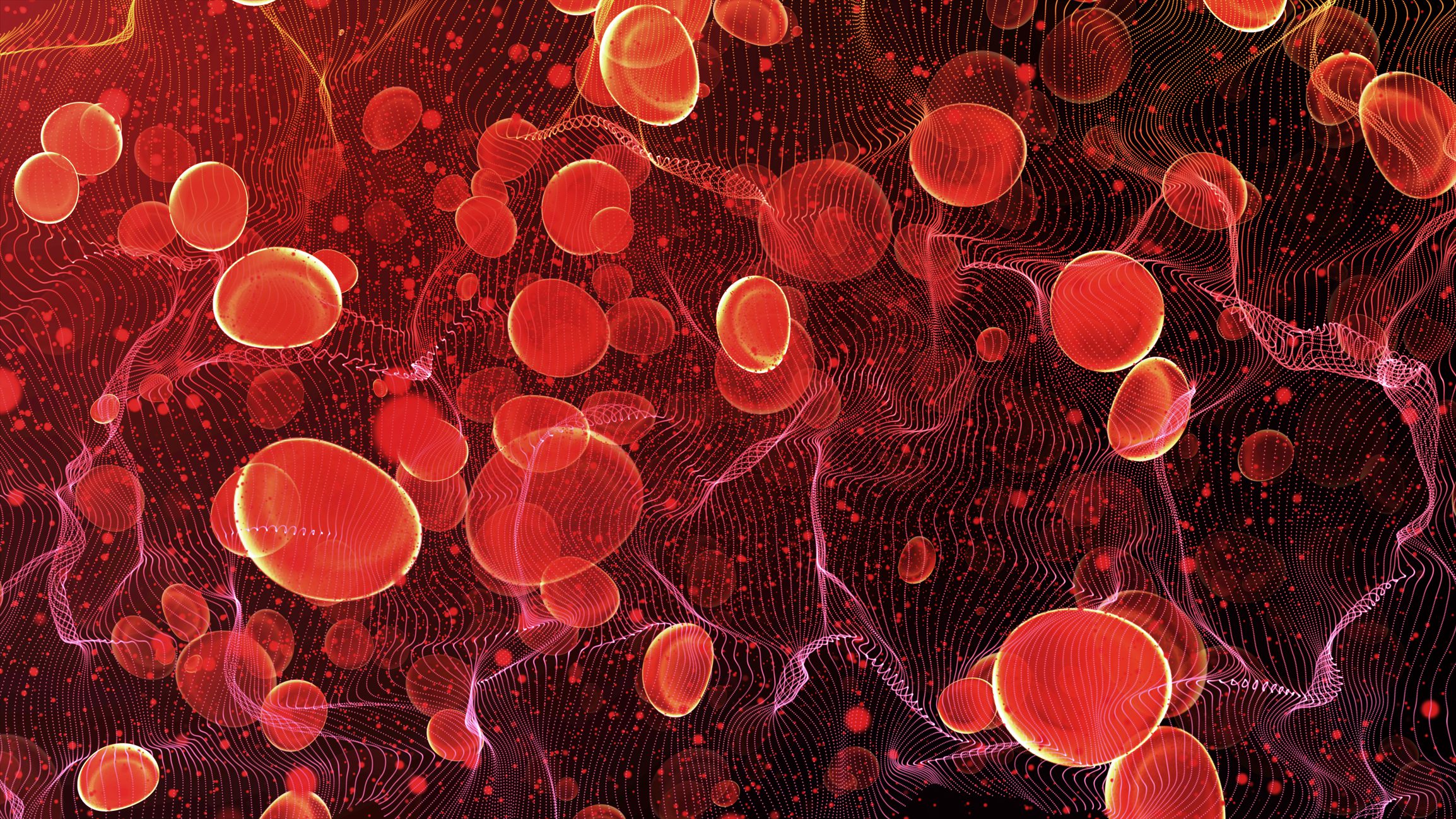According to current ESH guidelines, aortic blood pressure is an important biomarker of cardiovascular risk. A non-invasive determination is possible by means of pulse wave analysis.
“Aortic systolic blood pressure determines cardiac afterload” explained Prof. Martin Middeke, MD, Medical Faculty of Ludwig-Maximilians-University and Hypertension Center Munich [1]. The upper arm cuff method of measuring blood pressure has been considered the standard for many decades. However, according to recent findings, analysis of the entire pressure curve allows more accurate diagnosis and permits optimal individualized treatment decisions [2].
Basis for risk stratification and personalized therapy
In the auscultatory determination of blood pressure, which has been in use for a long time, extreme values are measured. Before the invention of this method, the measurement of the entire pressure curve was common. The current state of knowledge suggests the renewed inclusion of the entire pressure curve in hypertension diagnostics, the speaker said. The 2013 ESH guidelines list the following two main arguments for the recommendation to measure central/aortic blood pressure: 1) predictive value for cardiovascular events, 2) Relevance to antihypertensive therapy [3]. It is now known that aortic blood pressure correlates with cardiovascular risk and its determination allows fine-tuning of antihypertensive therapy [4]. The traditional measurement by means of an upper arm cuff is, among other things, an inadequate basis for interpreting whether an elevated systolic value is a consequence of increased amplification of the antegrade pulse wave and thus harmless or a consequence of augmentation of the reflected wave in the presence of increased vascular stiffness, the analysis of the entire pressure curve is required [2].
Measurement by pulse wave analysis
Using modern pulse wave analysis, aortic blood pressure can be determined noninvasively [1,5]. Pulse wave analysis allows measurement of other important biomarkers such as pulse wave velocity and augmentation index (Fig. 1) to characterize vascular elasticity or stiffness and cardiac load [1,5]. Pulse waves are recorded oscillometrically, and aortic blood pressure and other parameters of arterial vascular stiffness (pulse wave velocity, augmentation index) are calculated by a transfer function [2,6]. According to Baulman et al. the translation into a biological vessel age is an adequate form of interpretation of the measurement results [6]. For example, measuring a pulse wave velocity of 10 m/s in a 60-year-old would result in a biological vascular age of a 70-year-old after comparison with standard values. Thus, this patient would have had a significantly preaged arterial vasculature and, in addition, would have already developed manifest end-organ damage (≥10 m/s), according to Baulman et al. [6]. Experience has shown that communicating the results of examinations to patients in this clear form has a positive effect on compliance.
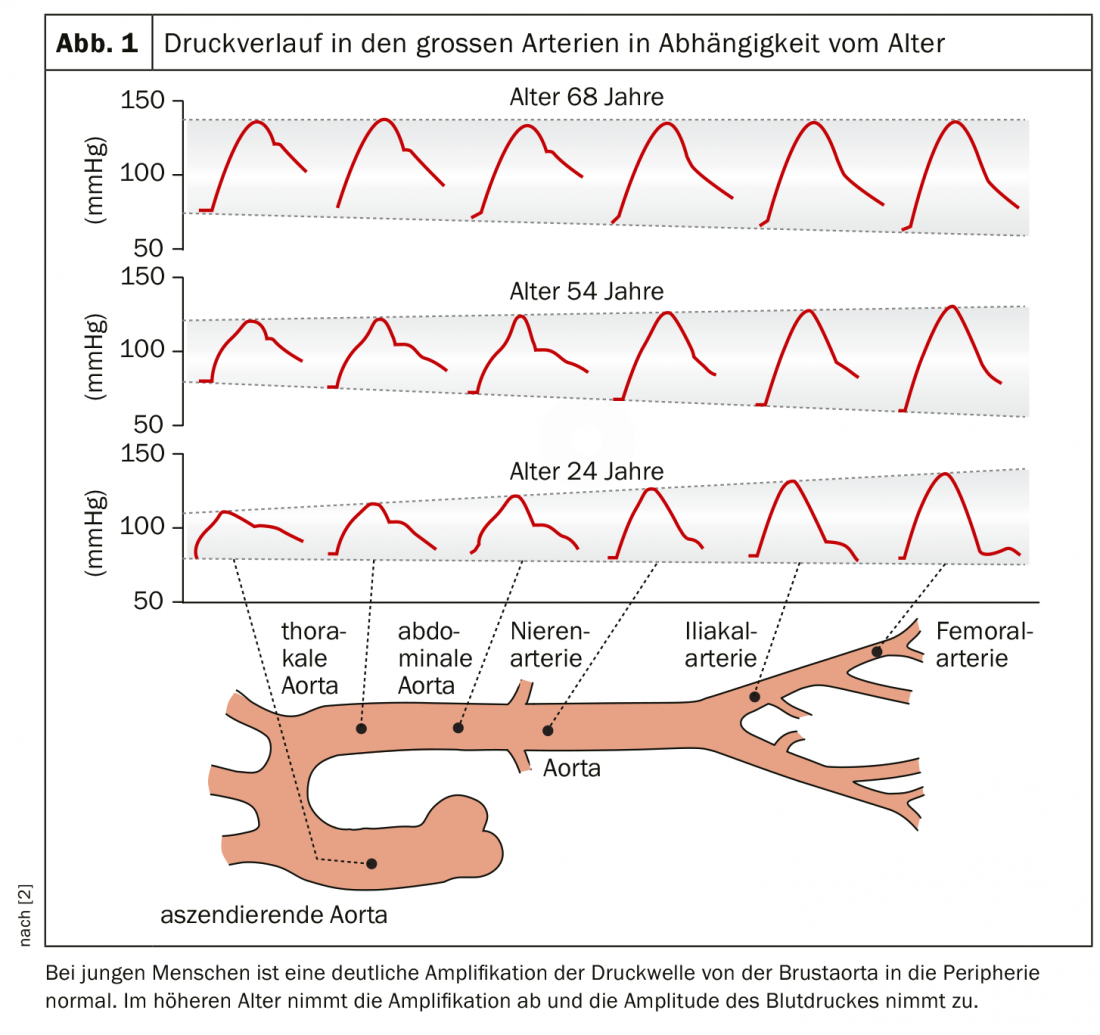
Pulse wave analysis for determination of aortic blood pressure is suitable for routine clinical use, the speaker explained [1]. Amplification and augmentation of systolic blood pressure can be differentiated noninvasively using pulse wave analysis only [2]. It is a simple method to study vascular function; the pulse wave is reflected in the periphery, it travels back to the heart, and the pressure wave by reflection adds to the antegrade traveling wave and augments the systolic pressure [1].
Juvenile systolic hypertension and masked aortic hypertension.
For physiological reasons, brachial blood pressure is usually somewhat higher than central aortic pressure, although this difference may be particularly large in younger age and when the aorta is very elastic. In order to diagnose benign juvenile isolated systolic hypertension and to protect the affected adolescents and young adults from unnecessary antihypertensive therapy, the additional determination of aortic blood pressure is indispensable [1]. It usually affects tall, lean, and athletic young men whose systolic values are elevated on conventional brachial measurement but whose aortic blood pressure proves to be normal, which is due to increased amplification of systolic pressure from central to peripheral in the presence of very elastic vessels and increased stroke volume [7].
With age, amplification decreases and amplitude (systole minus diastole) increases, due to increasing vascular stiffness (Fig. 2) [2]. That isolated systolic hypertension in old age arises sui generis as a consequence of physiologic vascular aging/stiffness and not from primary hypertension in younger years was shown conclusively as recently as 2012 [1,8]. Namely, in this case, the systolic pressure increase follows from the increased reflection of the pressure wave in arterial vascular stiffness with an augmentation of the systolic blood pressure.
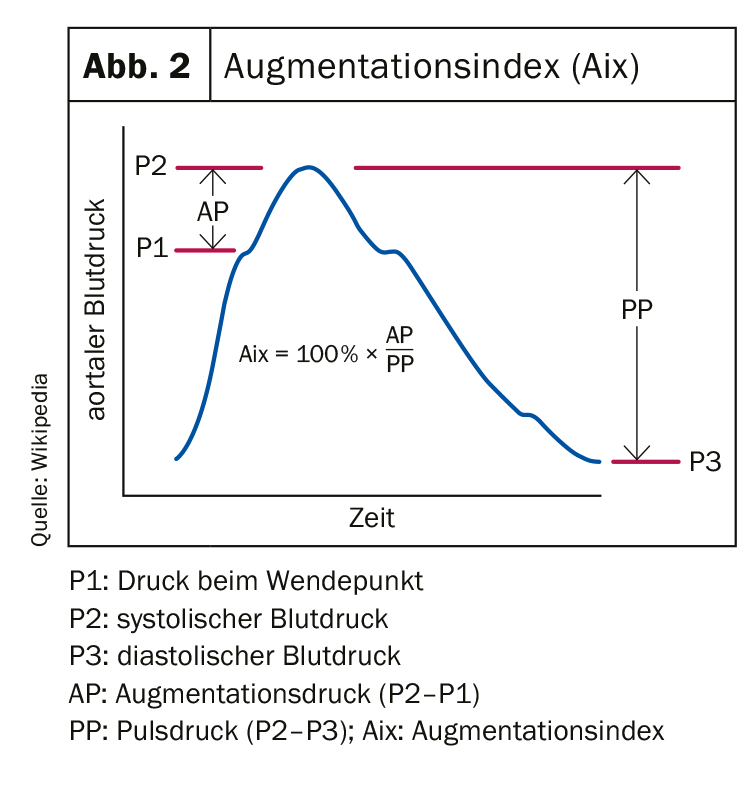
Furthermore, so-called masked aortic hypertension cannot be excluded in the presence of brachial blood pressure values in the normal range. In masked aortic hypertension, aortic blood pressure is elevated, which is associated with increased cardiovascular risk or hypertensive organ damage that has already occurred [2].
Relevance for antihypertensive therapy
That cardiovascular events and mortality are significantly positively correlated with aortic blood pressure has been shown in a meta-analysis, among others [9,10]. Also empirically demonstrated is that antihypertensive treatment has differential effects on brachial blood pressure compared with aortic blood pressure [11,12]. For example, data from the “CAFE” study, a substudy of ASCOT [11,13], show that patients in the atenelol condition had aortic blood pressure 4.3 mmHg higher than those in the amlodipine condition despite identical brachial blood pressure values.
In the ASCOT trial, patients in the blood pressure lowering condition (BPLA) were randomly assigned to antihypertensive therapy on amlodipine or on atenolol. Those patients who had a total cholesterol of 6.5 mmol/L or lower and no prior lipid-lowering treatment were randomly assigned to the atovarstatin or placebo condition (lipid-lowering condition=LLA) [14].
A 2018 follow-up study published by ASCOT on the long-term effects of hypertensives on cardiovascular outcomes and mortality by Gupta et al. [14] showed that there were fewer cardiovascular-related deaths within ten years of the end of the ASCOT trial in patients on amlodipine (calcium antagonist) and atorvastatin (statin) compared with the atenolol condition (amlodipine vs. atenolol condition: adjusted HR 0.71; 0.53-0.97; p=0.0305).
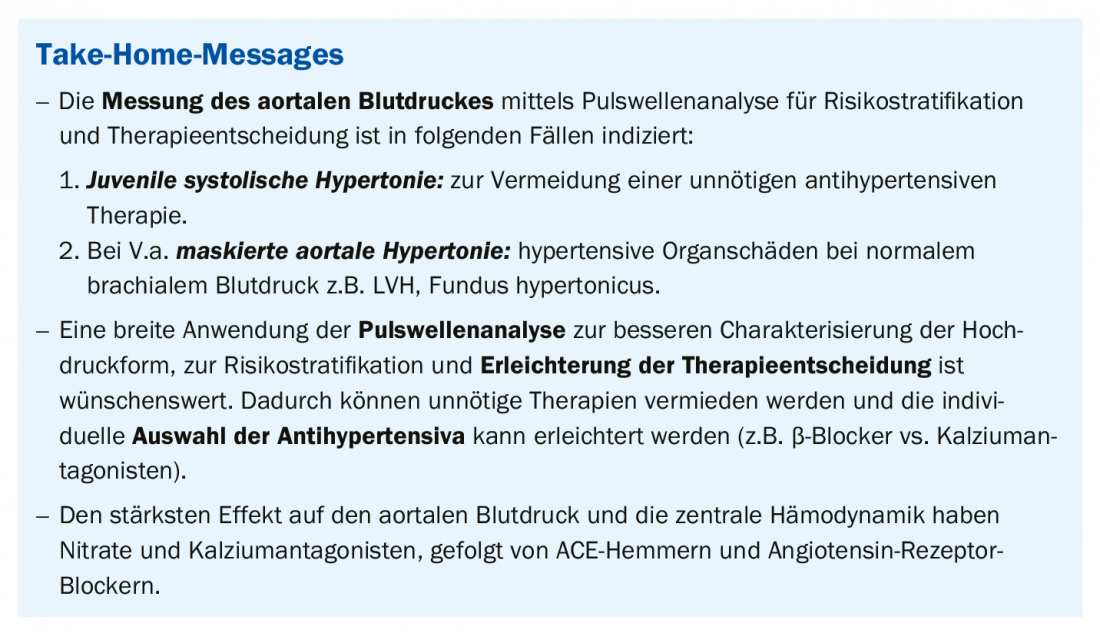
The overall mortality rate based on all study participants was 38.3%. Among patients in the BPLA group, there was no difference in all-cause mortality as a function of treatment (adjusted hazard ratio [HR] 0.90; 95% CI 0.81-1.01; p=0.0776]). In the atenolol condition, the all-cause mortality rate was 8.4% (1640 of 4275); in the amlodipine condition, the all-cause mortality rate was 38.1% (1642 of 4305). Of all deaths, 1210 (36.9%) were cardiovascular-related. Among the 3975 patients in the non-LLA group, there were fewer cardiovascular-related deaths in those patients in the amlodipine condition compared with the atenolol condition (adjusted HR 0.79; 0.67-0.93; p=0.0046). In the LLA group, there were significantly fewer cardiovascular-related deaths among patients in the statin condition compared with placebo (HR 0.85; 0.72-0.99; p=0.0395) [14]. Renin-angiotensin antagonists and/or calcium antagonists were found to have the stronger effect on aortic blood pressure than β-blockers and/or diuretics [15–17].
Literature:
- Middeke M: The importance of central blood pressure for hypertension treatment. Prof. Dr. med. Martin Middeke, Medical Faculty of Ludwig-Maximilians-University and Hypertension Center Munich, presentation at the DGIM Annual Meeting, May 6. 2019, Munich.
- Middeke M: Central aortic blood pressure: Middeke M: Central aortic blood pressure: Dtsch Med Wochenschr 2017; 142: 1430-1436.
- Mancia G, et al: 2013 ESH/ESC Guidelines for the Management of Arterial Hypertension. J Hypertens 2013; 31: 1281-1357.
- Middeke M: [Really an option in hypertension? Bleeding until blood pressure is normal]. [Article in German]. MMW Fortschr Med 2012; 154(14): 22-23.
- Baulmann J, et al: Arterial vascular stiffness and pulse wave analysis – position paper on basics, methodology, influenceability and result interpretation. Dtsch Med Wochenschr 2010; 1: 4-14.
- Baulmann J, Herzberg C-P, Störk T: The renaissance of pulse wave velocity, augmentation, and central aortic pressure as determinants of cardiovascular risk. Med World 2013; 1: 30-33.
- O’Rourke MF, Adji A: Guidelines on guidelines: focus on isolated systolic hypertension in youth. J Hypertens 2013; 31: 649-654.
- Kaess BM, et al: Aortic stiffness, blood pressure progression and incident hypertension. JAMA 2012; 308(9); 875-881.
- Vlachopoulos C, et al: Prediction of cardiovascular events and all-cause mortality with central haemodynamics: a systematic review and meta-analysis, Eur Heart J 2010; 31: 1865-1871.
- Roman MJ, et al: Central pressure more strongly relates to vascular disease and outcome than does brachial pressure: the Strong Heart Study, Hypertension 2007; 50: 197-203.
- Williams B, et al: Differential impact of blood pressure-lowering drugs on central aortic pressure and clinical outcomes: principal results of the Conduit Artery Function Evaluation (CAFE) study. Circulation 2006; 113: 1213-1225.
- Herbert A, et al. on behalf of The Reference Values for Arterial Measurements Collaboration: Establishing reference values for central blood pressure and its amplification in a general healthy population and according to cardiovascular risk factors. European Heart Journal 2014; 35(44): 3122-3133.
- Dahlof B, et al: Prevention of cardiovascular events with an anti-hypertensive regimen of antodipine adding perindopril as required vs. atenolol adding dioflumethiazide as required, in the Anglo- Scandinavian Cardiac Outcomes Trial Blood Pressure Lowering Arm (ASCOT – BPLA): a multicenter randomized controlled trial. Lancet 2005; 366: 895-906.
- Gupta A et al: Long-term mortality after blood pressure-lowering and lipid-lowering treatment in patients with hypertension in the Anglo-Scandinavian Cardiac Outcomes Trial (ASCOT) Legacy study: 16-year follow-up results of a randomised factorial trial. Lancet 2018; 392(10153):1127-1137. doi: 10.1016/S0140-6736(18)31776-8. epub 2018 Aug 26.
- Wojciechowska W, et al: Reference values in white Europeans for the arterial pulse wave recorded by means of the SphygmoCor device. Hypertens Res 2006; 29: 475-483.
- McEniery CM, et al: Anglo-Cardiff Collaboration Trial IThe impact of cardiovascular risk factors on aortic stiffness and wave reflections depends on age: the Anglo-Cardiff Collaborative Trial (ACCT III), Hypertension 2010; 56: 591-597.
- Janner JH, et al: Aortic augmentation index: reference values in a large unselected population by means of the SphygmoCor device, Am J Hypertens 2010; 23: 180-185.
HAUSARZT PRAXIS 2019; 14(8): 35-36
CARDIOVASC 2019; 18(5): 21-22


